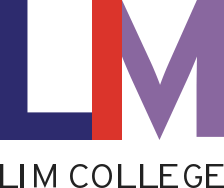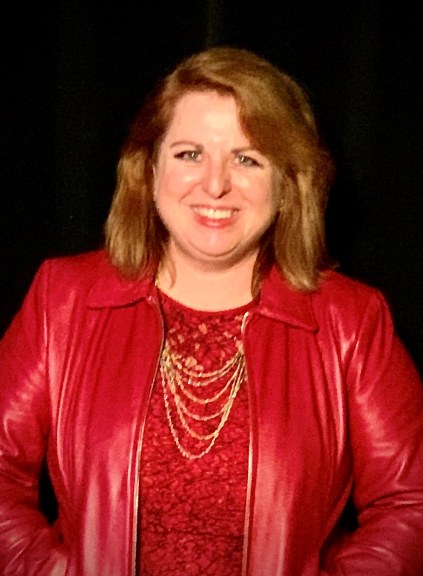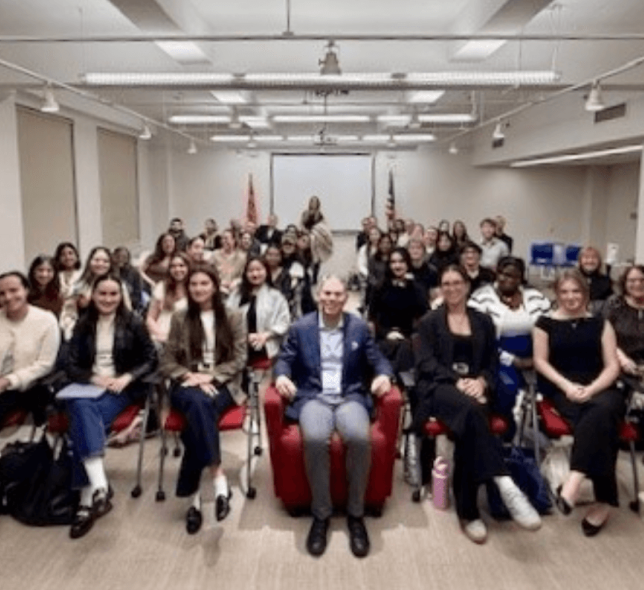A New York-based filmmaker with a long list of credits, Sandra Luckow teaches LIM’s Video Production and Editing course, in which students learn how to convey messages through effective storytelling.
Please tell us about your career background.
I began filmmaking as an undergraduate at Yale. My mentor insisted that my senior thesis film be on a subject I understood deeply. I’d trained as a figure skater from a young age, so I made a film about a skater with whom I’d trained and later worked with as a coach. The film, Sharp Edges (1986), won a top award at my graduation; but it wasn’t until Tonya Harding became infamous eight years later that it would be seen worldwide. It was used as the visual bedrock for I, Tonya.
I went to NYU Tisch School of the Arts for my MFA, then spent several years assisting and apprenticing in almost every aspect of the film and television industry. I made a film called Belly Talkers (1996) on the performance of ventriloquism. I’ve since taught production at Yale School of Art, Columbia University, and Barnard College while continuing a robust artistic practice.
How do you bring your professional experience into the classroom?
I share with students some of my daily exercises of filming things in my neighborhood and what I learned from it. I also share a lot of behind-the-scenes issues of my professional practice.
For example, I recently was in the final stages of delivering my documentary That Way Madness Lies (2018) to PBS at the very moment in the semester when we were learning about video formats, aspect ratios, and frame rates. Not the sexiest of topics, but as my film was made for theatrical release—not with PBS in mind—it took hard work to transition its format to broadcast, and students got to see this real-world application and understand its importance.
What is filmmaking’s place in the business of fashion?
Moving imagery has framed, enhanced, and transported fashion to a globalized world, even during the pandemic. Both film and fashion seek to tell a story, communicate a mood, and take people on a journey. Business has an enormous impact on every creative choice in filmmaking. As the saying goes: “It’s called show business—but remember, ‘business’ is the bigger word.”
What are the current trends—or challenges—in teaching students how to communicate through video?
The advent of smartphone technology has made filmmaking much more democratic. The downside is more people have access to the technology without the knowledge or ability to apply professional technique. This accessibility of tools allows for greater opportunity for students, but ironically, the artistic stakes are lower. But storytelling theory, basics of motion picture capture, and composition remain constant.



